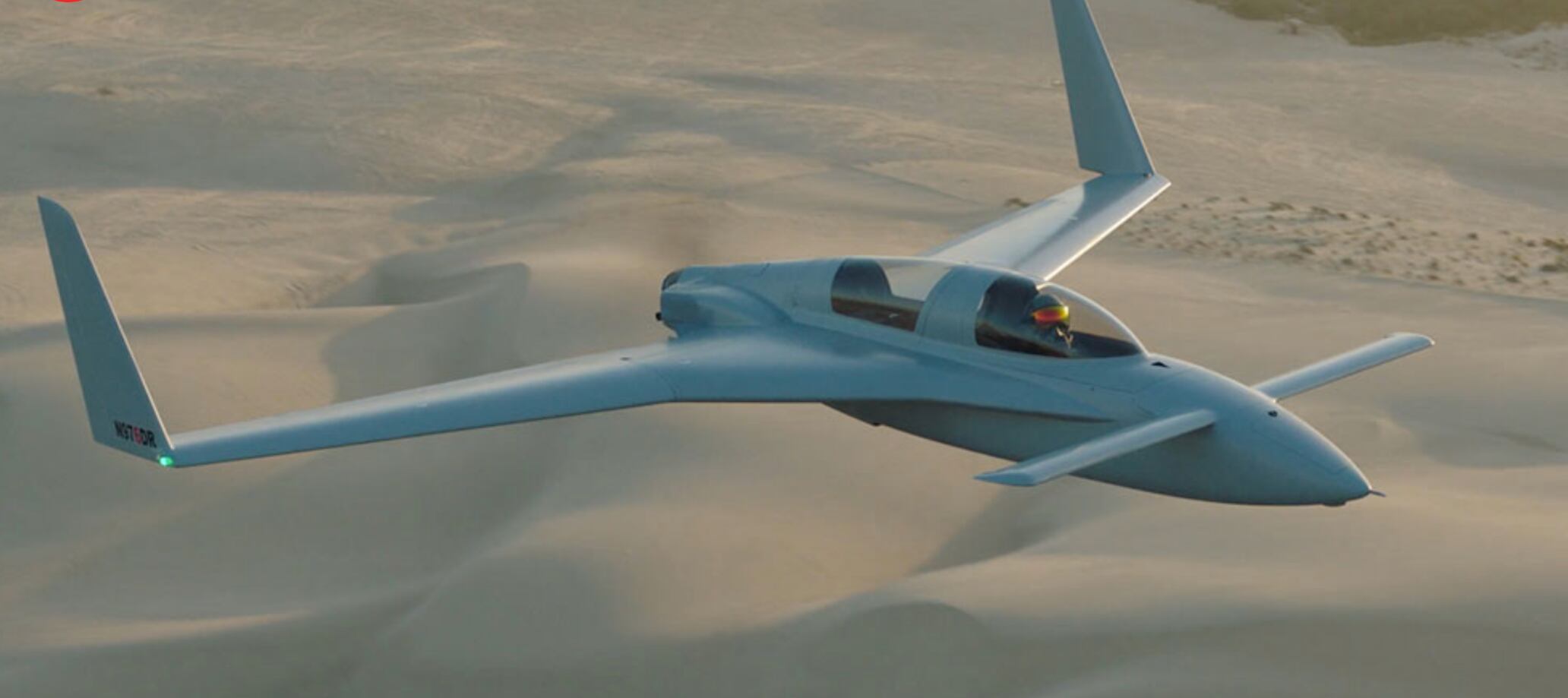SANTA MONICA, Calif. — Dan Robinson etched his name in aviation history in 2006 when he became the first non-American to pilot one of the U.S. Air Force’s prized jewels, the F-22 Raptor.
Now, the former Royal Air Force Tornado pilot and graduate of the UK Fighter Weapons School — the equivalent of the U.S. Navy’s Top Gun — has his sights set on a much more ambitious target: solving the U.S. military’s pilot shortage and overextension of resources critical to preparing aviators for the near-peer threats of the future.
To do that, Robinson launched Red 6 Aerospace, a Santa Monica-based defense tech company that developed what Robinson coined the Airborne Tactical Augmented Reality System, or A-TARS, a visor-based technology the organization says “works outdoors, and in high speed, dynamic environments.”
Augmented reality, or AR, differs significantly from virtual reality in that, instead of immersing the user in a technologically imagined world, augmented reality users are viewing their real-world physical environment while objects are superimposed against it. Think “Pokémon GO” on anabolic steroids.
In the case of Red 6, this technology can be used by airborne pilots who can view synthetic images of anything from a moving Russian aircraft to a refueling tanker to surface ships.
To demonstrate its efficacy, Robinson first needed a plane. So, he built his own 1,200-pound, two-seat, piston-powered Berkut 540 to serve as his trainer aircraft. The lightweight plane can reach speeds of 300 mph and pull up to 9 Gs, mirroring the maneuverability of some fighter aircraft for a training product that’s unmatched by even the best simulators.

Intricate cockpit simulators play a critical role in training today’s pilot, Robinson says, but ground-based simulator machinery can mimic only so many of the stresses produced by actual air-to-air combat.
Flying with AR, meanwhile, enables pilots to experience their real operational environments, all while the complex visor tracks not only the the aircraft’s maneuvers, but the position and movement of the pilot’s head as well.
The technology is currently being fielded in six helmet prototypes, and Robinson says it could unquestionably be implemented in the visors of U.S. pilots.
The end goal, Robinson says, is for U.S. military pilots to use the helmet-based A-TARS as a method that is both time- and cost-efficient, and one that bridges the gap between simulator training and real-world, hands-on experience.
“The United States Air Force alone is over 2,000 pilots short, and spending $1.2 billion per year to provide adversary air that is unable to simulate near peer adversaries,” Robinson’s website states.
Alongside co-founders Nick Bicanic, Red 6 chief technology officer, and Glenn Snyder, chief product officer, Robinson has demonstrated A-TARS in numerous meetings with military officials.
Thus far, A-TARS has been well-received, notably by the U.S. Air Force’s AFWERX branch, which saw enough potential in the product to reward Red 6 with a $2.5 million contribution to the technology’s continued research and development.
Robinson estimates the U.S. Air Force could be using A-TARS within the next five to seven years.
For a better grasp of what the technology could look like, watch the Red 6 demo.
J.D. Simkins is the executive editor of Military Times and Defense News, and a Marine Corps veteran of the Iraq War.





